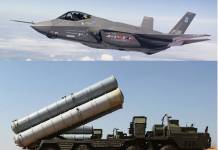The iconic military exercise ‘Pitch Black’ hosted by Australia is all set to return to the Australian skies after a four-year hiatus amid escalating tensions in the Indo-Pacific region. This time, in a significant strategic shift, Germany is making its debut.
Germany is deploying 13 military aircraft to joint drills in Australia, one of the air force’s largest deployments, in what is being seen as a response to escalating tensions with China in the Indo-Pacific region.
Along with forces from 17 countries, the German aircraft will participate in the Pitch Black training exercise.
Besides Germany, NATO members Canada, France, the Netherlands, the UK, and the US, as well as NATO Partners New Zealand, Republic of Korea, and the United Arab Emirates, and air forces from Indonesia, India, Japan, Malaysia, the Philippines, Singapore, and Thailand, are among this year’s participants in the Pitch Black exercise.
On August 15, six Eurofighter Typhoon fighter jets took off from a facility in Neuberg a der Donau, in the state of Bavaria in southeast Germany, almost 30 minutes after four A400M transport aircraft and three A330 tankers departed from Cologne.
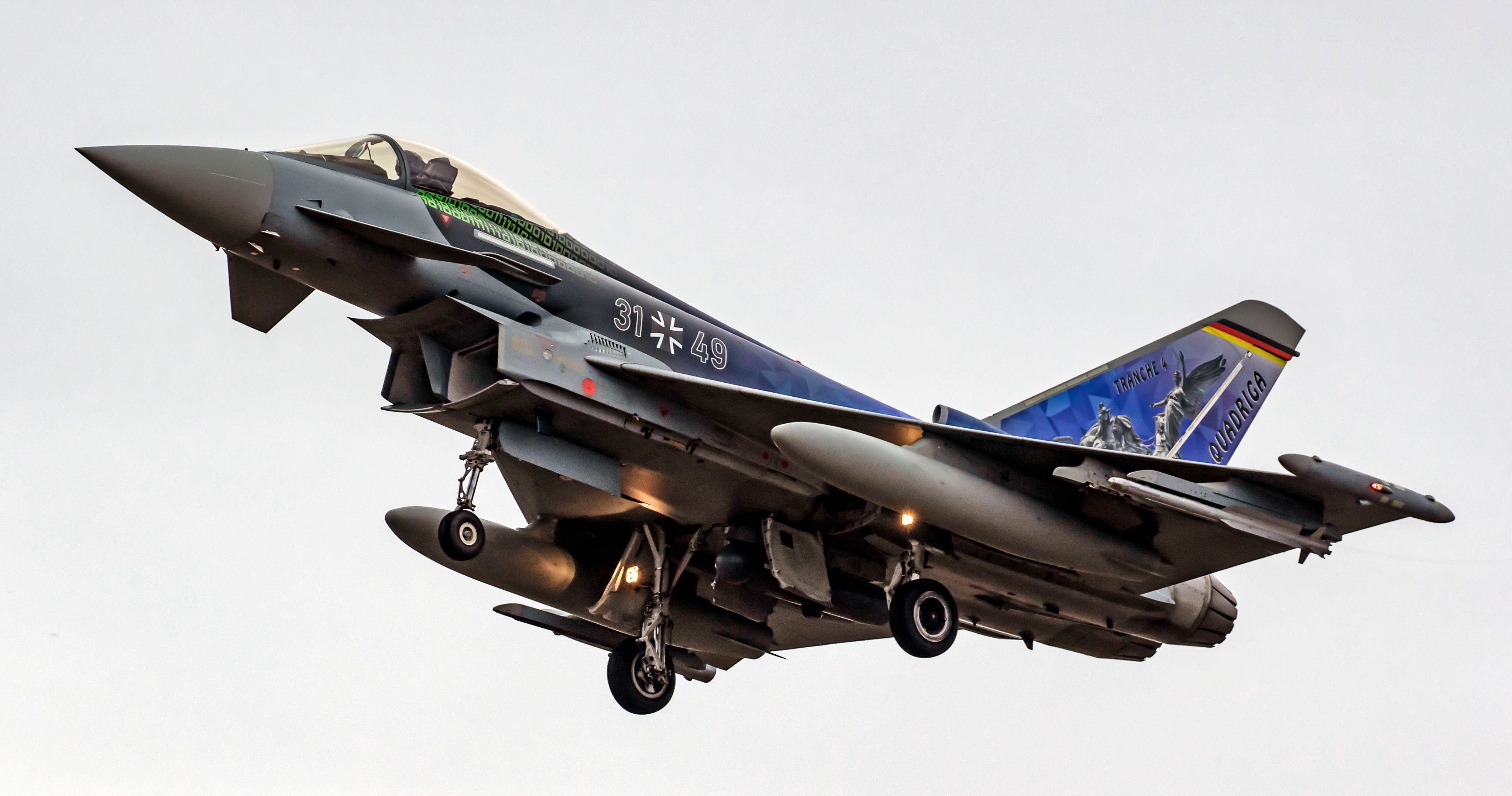
However, the most intriguing aspect of this long flight from Germany to Australia is the number of times the German fighters will need to be refueled on their journey. The German Air Chief Ingo Gerhartz stated the pilots would perform around 200 mid-air refueling maneuvers over the three days.
While the deployment also includes side trips to South Korea and Japan, Germany has underplayed the significance of China as a motivation for its participation.
The Air Chief said that he aimed to send a signal to Germany’s partners rather than China with the deployment of Eurofighters.
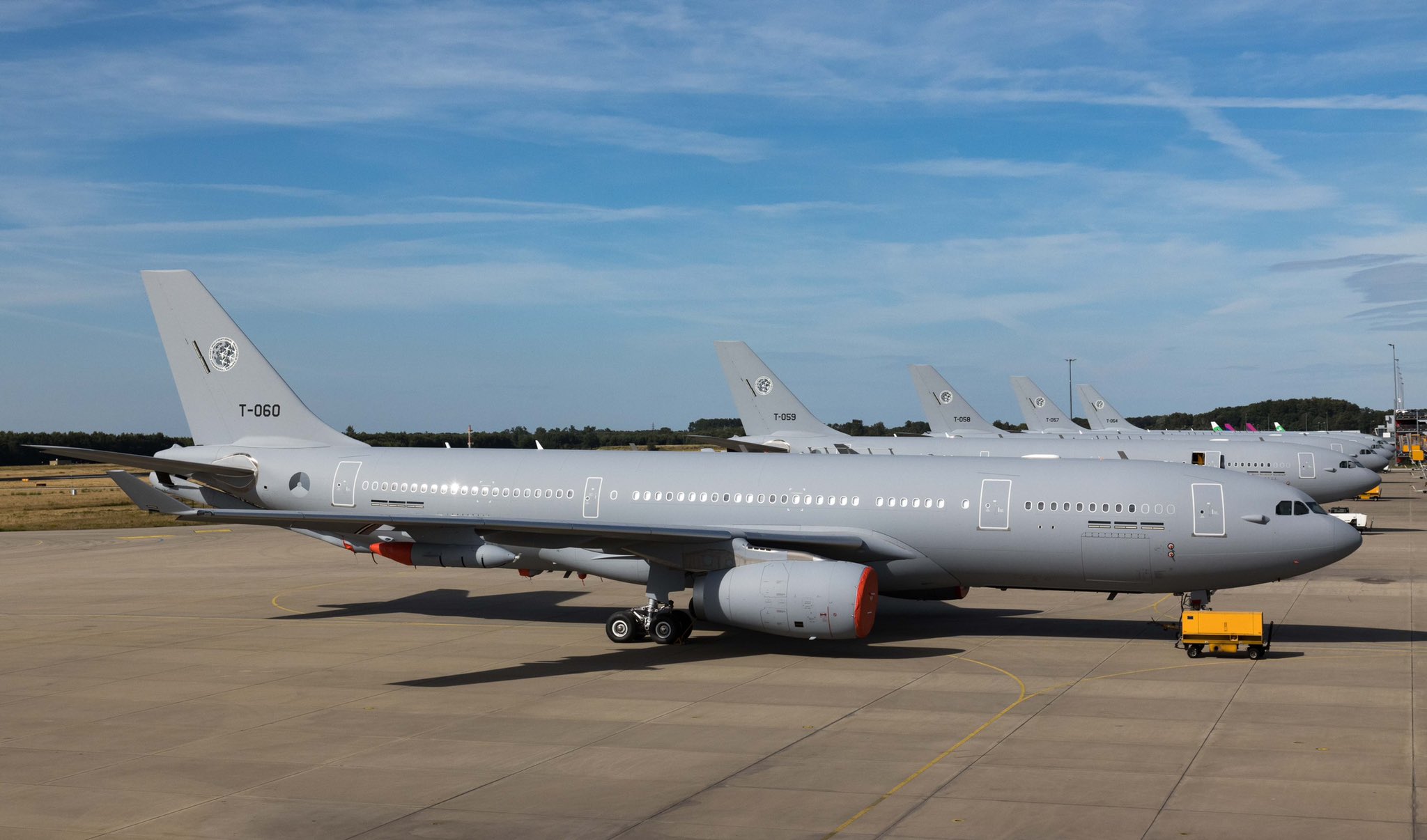
Last year, Germany sent a warship to the Indo-Pacific region for the first time in over two decades. With growing concern over China’s territorial aspirations, Berlin joined other Western countries in increasing their military presence in the region.
When asked if the warplanes would fly over the South China Sea and the Taiwan Strait, two areas in the region where tensions with China are at an all-time high, the German Air Chief Gerhartz responded that they would take civilian air traffic routes and that there were no plans to fly over the Taiwan Strait.
“The South China Sea, Taiwan — these are the sticking points in the region,” he told reporters. Australia’s ambassador to Germany, Philip Green, repeated the General’s remarks and emphasized that there was no justification for Beijing to view a routine exercise as destabilizing the region.
However, both Exercise Pitch Black and German participation assume enhanced significance now more than ever as they would be held in the backdrop of soaring temperatures in the Indo-Pacific.
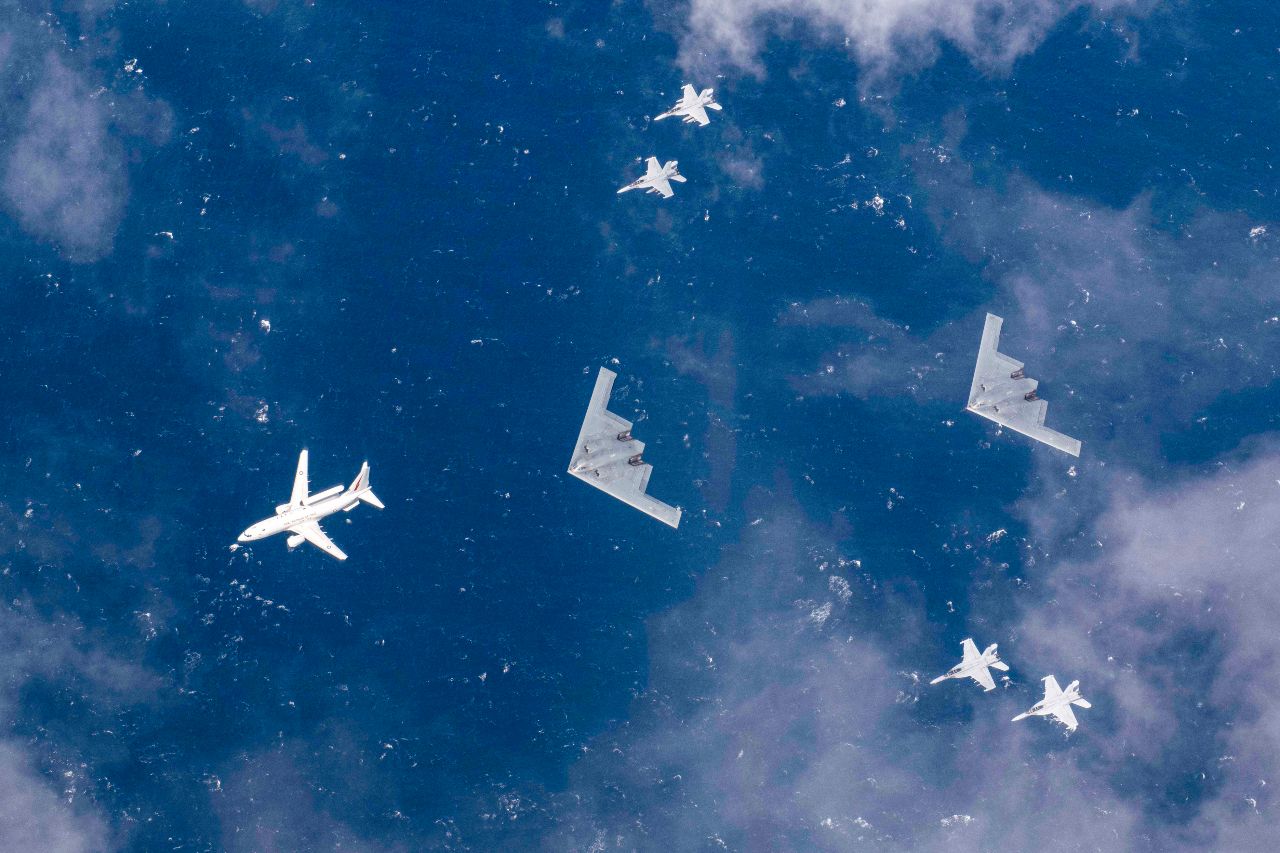
Securing The Indo-Pacific With Bombers
The Australian Pitch Black exercise is just one of the many military efforts to strengthen and consolidate the Indo-Pacific partnership, with a covert aim to contain China’s dominance in the region.
On August 15, the US Pacific Air Force command tweeted a couple of images from a ‘Bomber Task Force’ bilateral training mission between the US Air Force bomber fleet composed of the B-2 Spirit bombers and the Royal Australian Air Force (RAAF).
? ✈️ ?#BTF Bilateral training missions alongside @AusAirForce & @DefenceAust Allies enhance joint and multilateral readiness, allowing @INDOPACOM to respond to any potential crisis in support of a #FreeAndOpenIndoPacific ?? ??@usairforce @DeptofDefense pic.twitter.com/9c5kJDBxsB
— PACAF (@PACAF) August 15, 2022
The drills were aimed to enhance joint and multilateral readiness, allowing the Indo-Pacific Command to respond to any potential crisis. As seen in the photos, the drills included B-1 Bombers, Australian Growlers, and E-7 Wedgetail Early Warning aircraft of the RAAF.
To assist a Pacific Air Forces Bomber Task Force (BTF) deployment, four US Air Force (USAF) B-2A Spirit stealth bombers from Whiteman Air Force Base, Missouri’s 509th Bomb Wing, have been operating out of Royal Australian Air Force (RAAF) Base Amberley, Queensland, over the past several weeks.
In addition, earlier this month, the B-1 Bombers practiced refueling with a Royal Australian Air Force (RAAF) KC-30A Multi-Role Tanker Transport, which helped preserve the bombers’ capacity to travel across the world, Australian Defense noted.
The training gave RAAF pilots a crucial chance to show off their technical proficiency and practice interoperability in demanding but realistic circumstances.
The B-1B, sometimes known as the “Bone,” is the American long-range bomber force’s mainstay and can transport up to 34 tons of conventionally loaded guided and unguided explosives.
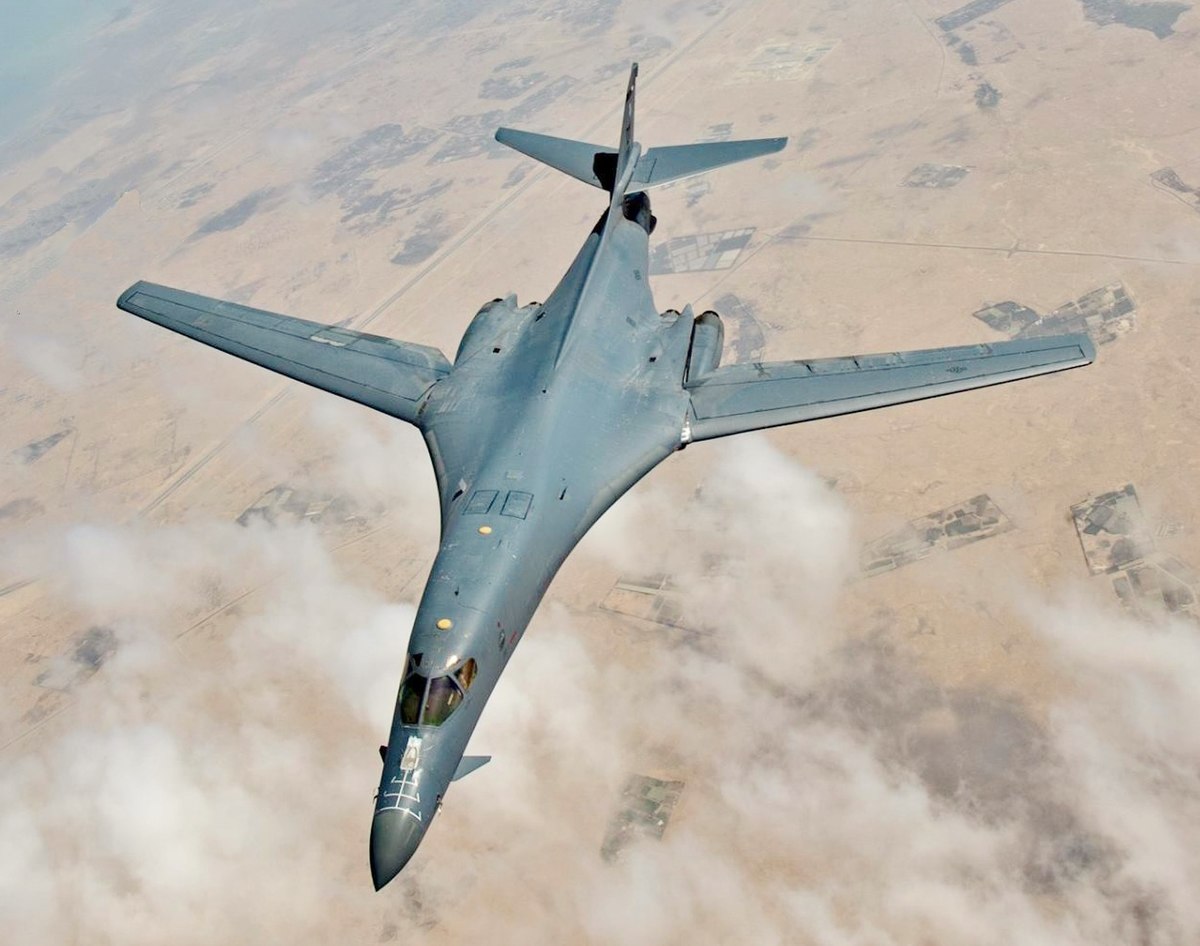
This BTF deployment is part of the Enhanced Air Cooperation Initiative under the Force Posture Agreement between the US and Australia, which includes rotational deployment of US aircraft of all types in Australia for joint training and exercises with the RAAF.
The impetus for “allowing the Indo-Pacific Command to respond to any potential crisis” is significant. B-2 bombers are one of the three components of the US nuclear triad, so it is a solid message to China from the USAF’s expanding presence of nuclear-capable bombers in the Indo-Pacific.
The timing of the message couldn’t be better at this point when Indo-Pacific tensions are at an all-time high due to Chinese military exercises in the waters off Taiwan.
- Contact the author at sakshi.tiwari9555@gmail.com
- Follow EurAsian Times on Google News

